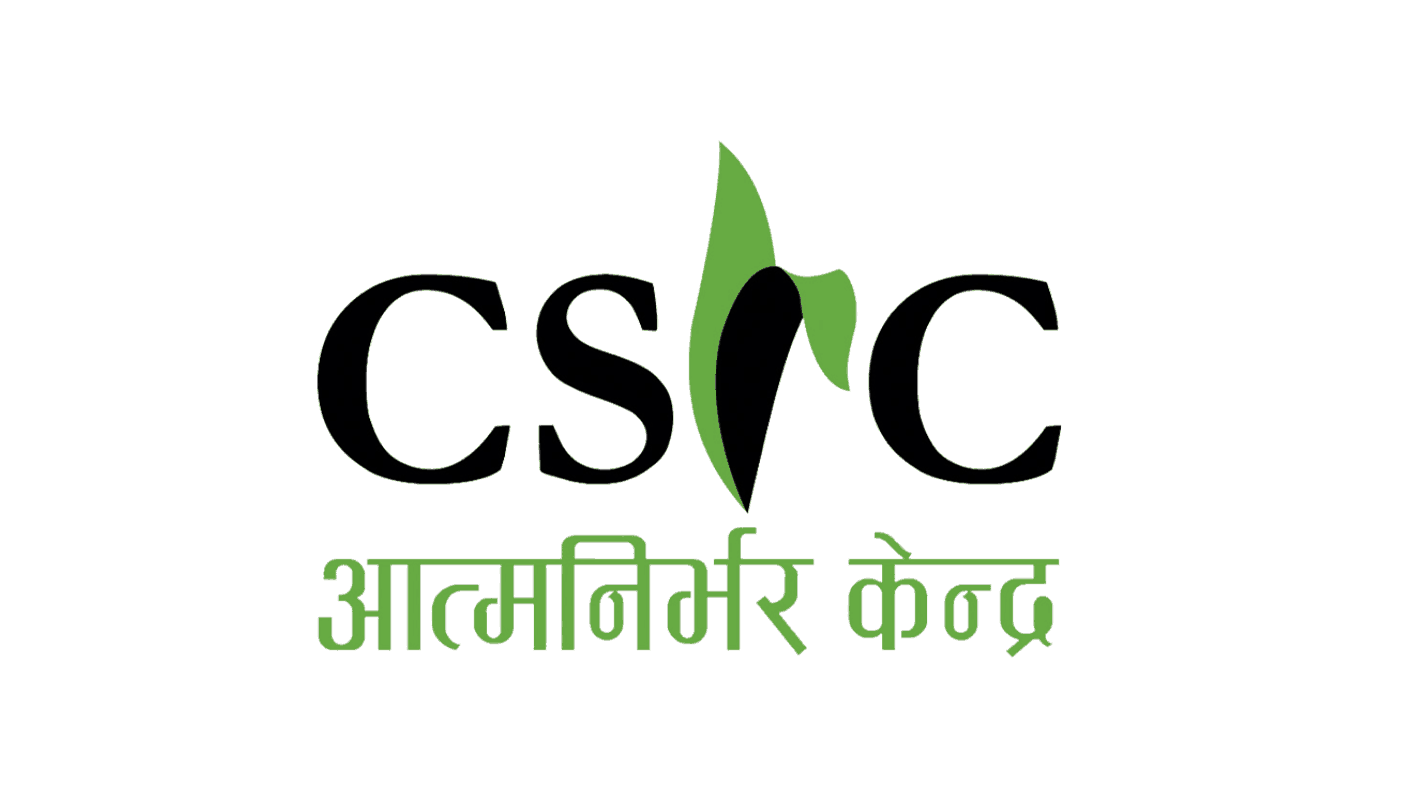| Building on achievements and learnings of PRATIBADDHA-I and gaps identified, the Action aims to work in 4 municipalities most exposed to landslide risks in Bagmati province, where the Government of Nepal (GoN) implements pilots designed to improve humanitarian preparedness and response. The Action aims to unlock bottlenecks that prevent households at risk of landslides (categorized as per Government of Nepal (GoN) guidelines as CAT II – in need of mitigation, and CAT III – relocation) and at risk of floods from benefiting from improved disaster preparedness and early action. This will be achieved by putting vulnerable households at the center of risk analysis, and focusing on multiple interventions implemented by municipalities and households. Specifically, the Action will engage municipality representatives, communities at risk and key stakeholders across three tiers of the government to commit and work together to 1) implement nature-based solutions aimed at disaster mitigation 2) localize forecasting, plan and implement early action leverage the governmental Social Protection (SP) programmes before and during the times of crisis. The Action will work with at least 110 representatives across 21 governmental organizations from three tiers of government, and will directly benefit 62,971 people from 4 municipalities. Additionally, the Action will contribute to broader topics that are fundamental for GoN to be better prepared in case of a future humanitarian crisis in hill areas of Nepal. First, the action will facilitate the exchange of experts and practitioners on landslide forecasting and Early Warning Systems (EWS); second, the Action will use the evidence from kickstarting Shock Responsive Social Protection (SRSP) in hill areas to inform GoN’s SRSP guidelines. |



